150w solar panels are one of the most popular electricity-producing technologies in recent times. They can generate electricity through sunlight which is fully renewable energy that does not pollute the environment.
Different types of 150w solar panels and their features
150w flexible solar panel is made of thinly sliced silicon using a cutting machine. It has a cross-sectional panel that can absorb sunlight more efficiently than other solar cell materials. The 150-watt flexible solar panel is made of polycrystalline silicon. It is equipped with solar panel technology which is made of silicon rods. The 150-watt solar panel kit technology has advantages in terms of a neater and tighter installation. This is because there is a 150w 12v solar panel that is made using thin solar cells, which are then attached to the 150w solar panel kit as a base layer. Since a 150-watt portable solar panel has a very thin size, it has a lighter weight and has more flexible properties compared to other solar panels. Therefore, this type of panel is indeed more suitable for commercial needs. 150-watt 24-volt solar panel has a photovoltaic cell solar panel that can generate electricity through sunlight. The working principle of the solar panel is primarily based on photovoltaic solar cells, which are responsible for converting solar energy directly into electricity using photoelectric power. A 150-watt flexible solar panel is considered a premium product because its monocrystalline silicon cells are composed of high-purity silicon crystals that function to solidify at a constant temperature. This solar panel offers higher efficiency and flexibility because it allows electrons to move freely.
Main components that come with the installation of the 150w solar panels
First, solar panels are responsible for generating solar energy in the form of electric power. These plates consist of photovoltaic cells made with different semiconductor materials. These materials allow panels to convert the energy that comes from the sun into electrical energy. Next, the power booster is tasked to allow the continuous flow of power that is converted by the solar panels. Finally, solar batteries are responsible for storing solar energy.

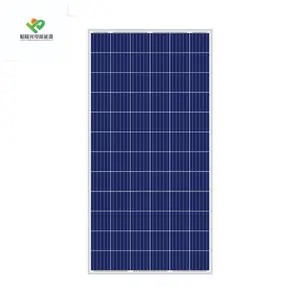
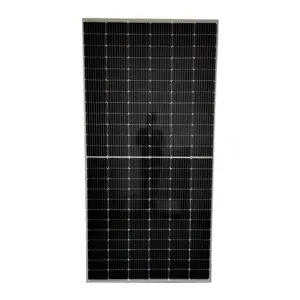

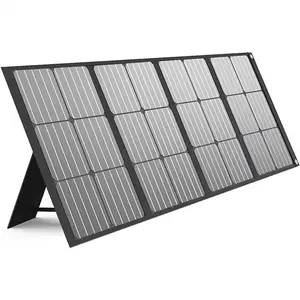

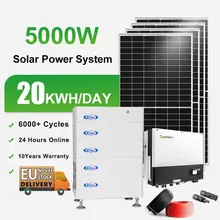
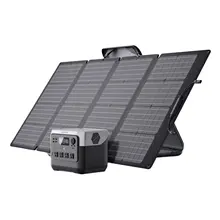


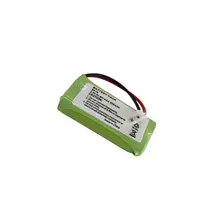
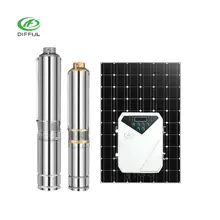

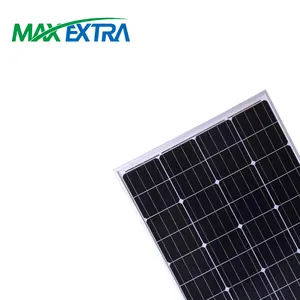

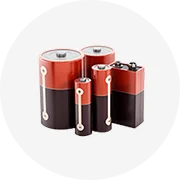
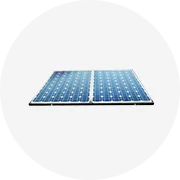
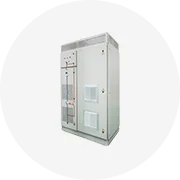
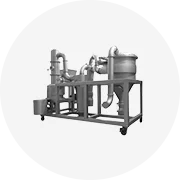
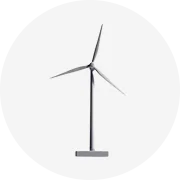
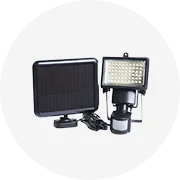
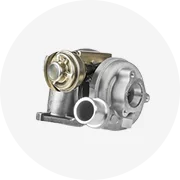
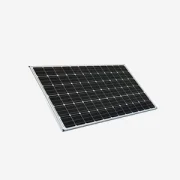








 浙公网安备 33010002000092号
浙公网安备 33010002000092号 浙B2-20120091-4
浙B2-20120091-4